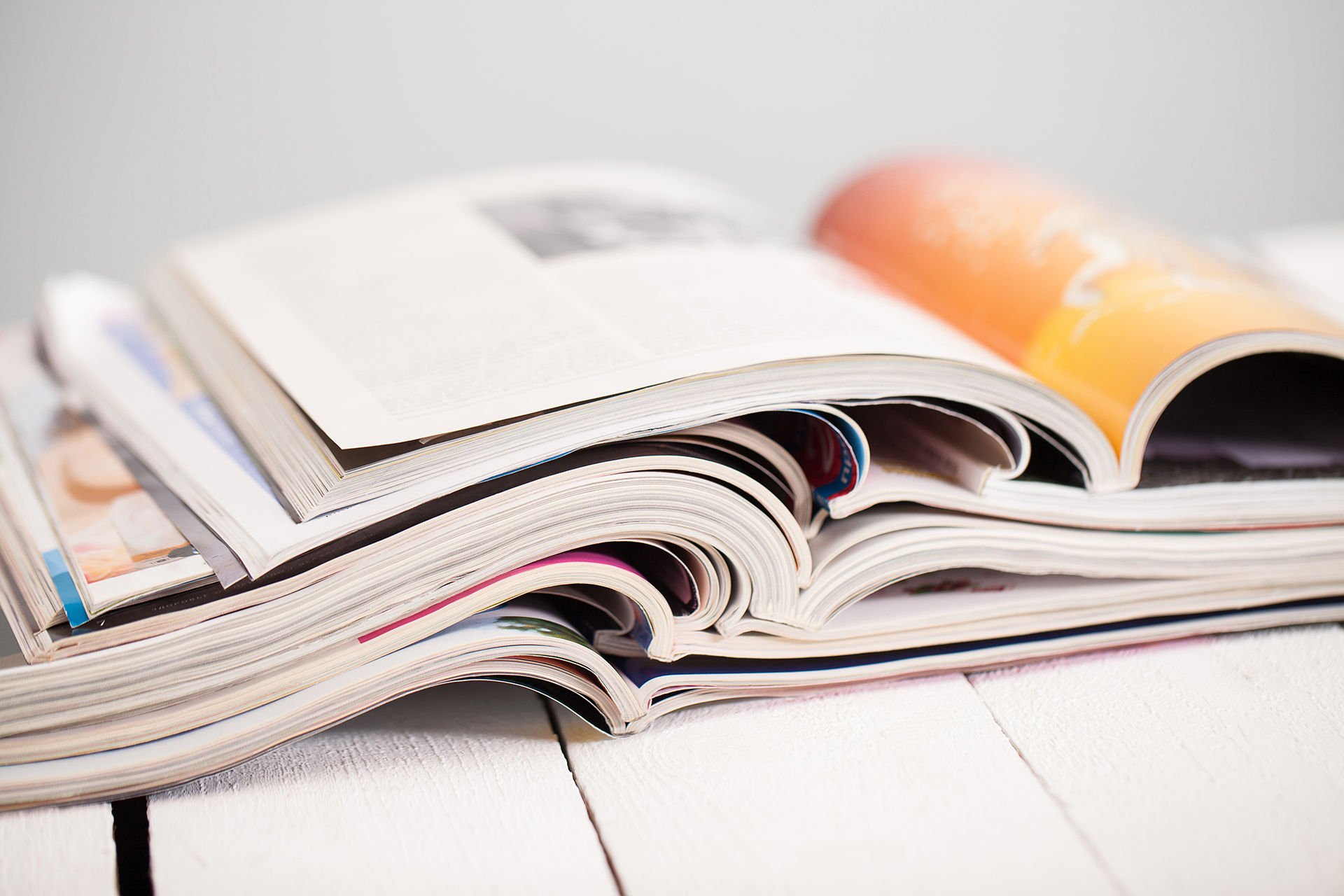top of page

MEDCI

READING

Scientific Investigation
1910
The measurement of reading, rooted in the scientific work of educational psychologists, began to gain importance during this scientific movement. E.L. Thorndike is considered to have begun the measurement movement. Educators believed that once they were able to measure the mental capabilities, they could then begin prescribing appropriate educational programs. William S. Gray created the first reading assessment. While the first reading assessment was oral, most assessments during this time focused on silent reading.
bottom of page